I wanted to let everyone know that I have had a wonderful time this summer. I have learned an infinite amount about not only technical aspects of Museum work, but about community involvement and communication. This summer has been full of fun adventures, like learning how to assemble exhibits and writing text panels, newspaper articles, and blog posts!
I am extremely happy that the Sunshine Coast Museum and Archives decided to add me to their family this summer. I wanted to say a special thank you to Matthew, Margo, and Garry for working with me all summer long - it's been a wonderful experience and I hope to keep in touch for a long time! A special thanks goes to Garry for sharing his desk with me.
To everyone else I worked with through the summer - though less closely than those I shared an office with - it was such a pleasure to meet and get to know you. I look forward to visiting Gibsons again and knowing that I may run into you on the street!
And thank you - the Museum visitors - for making this such a wonderful summer. It would not have been so successful without your continued support to the Museum.
I look forward to seeing everyone again!
Goodbye!
Drew Beard
Museum Assistant, 2016

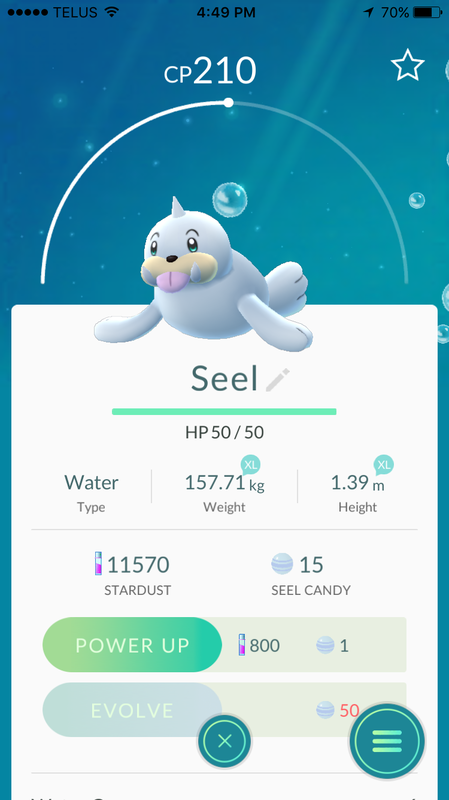
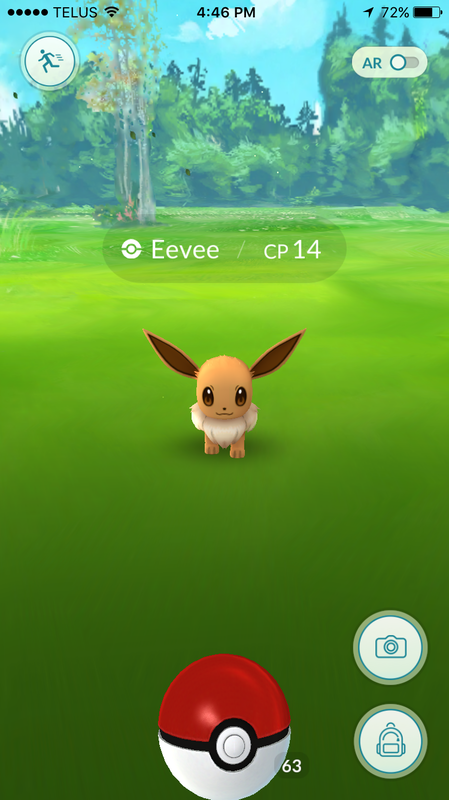
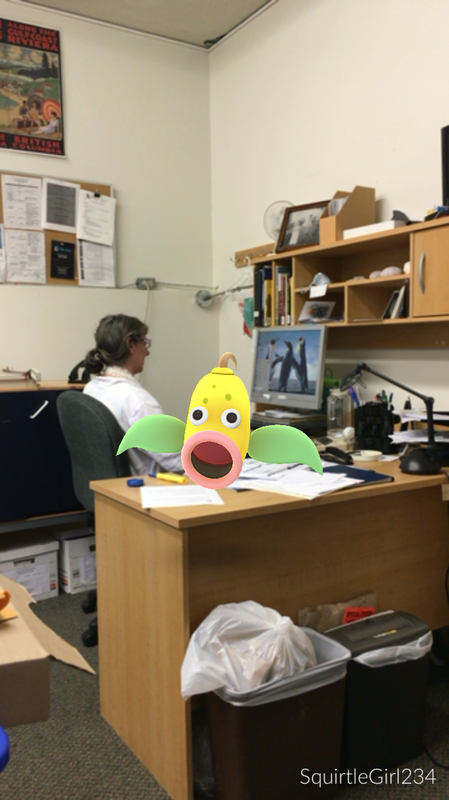
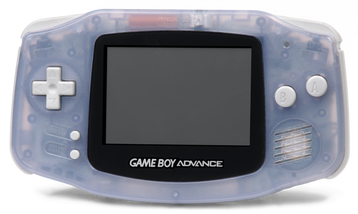
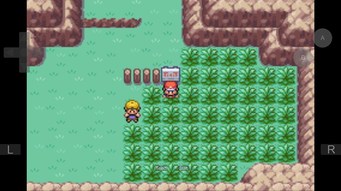
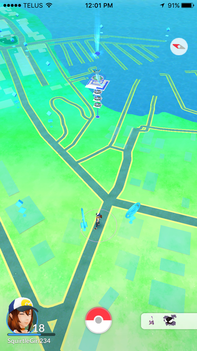
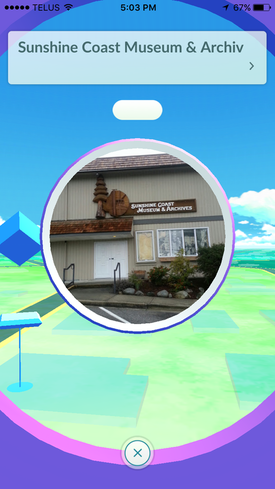
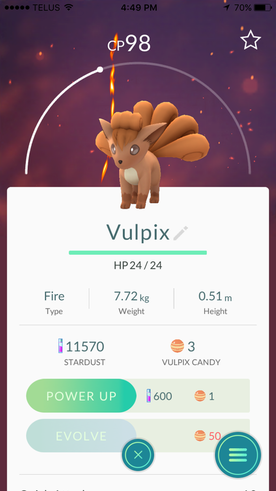
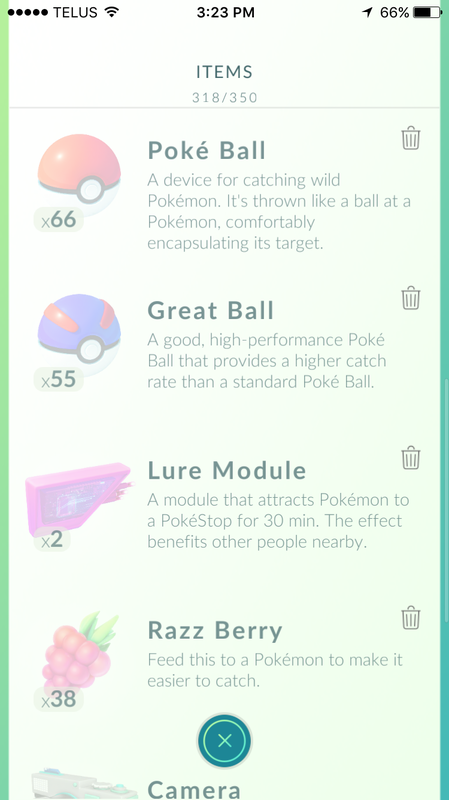
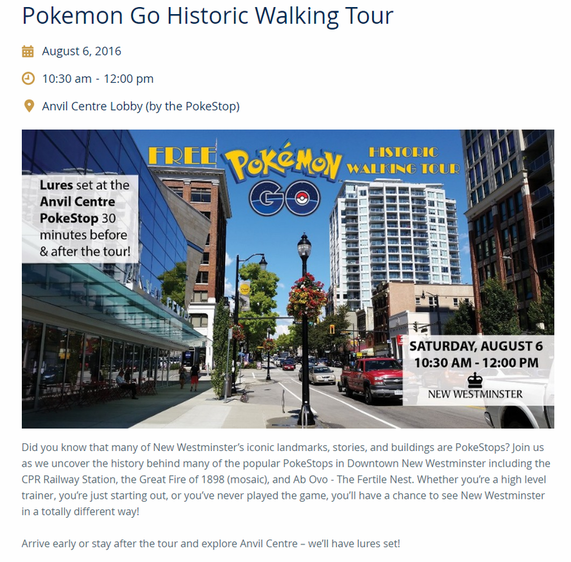
 RSS Feed
RSS Feed
